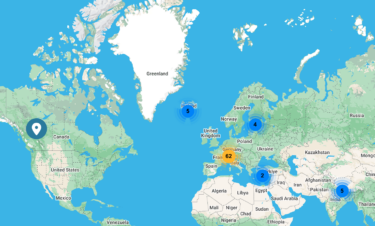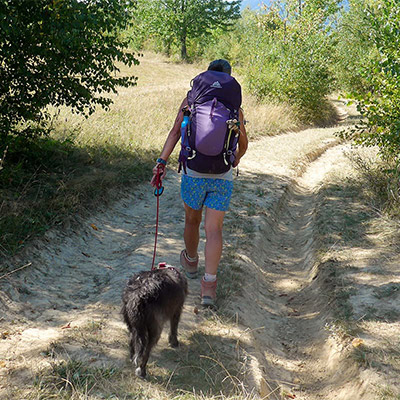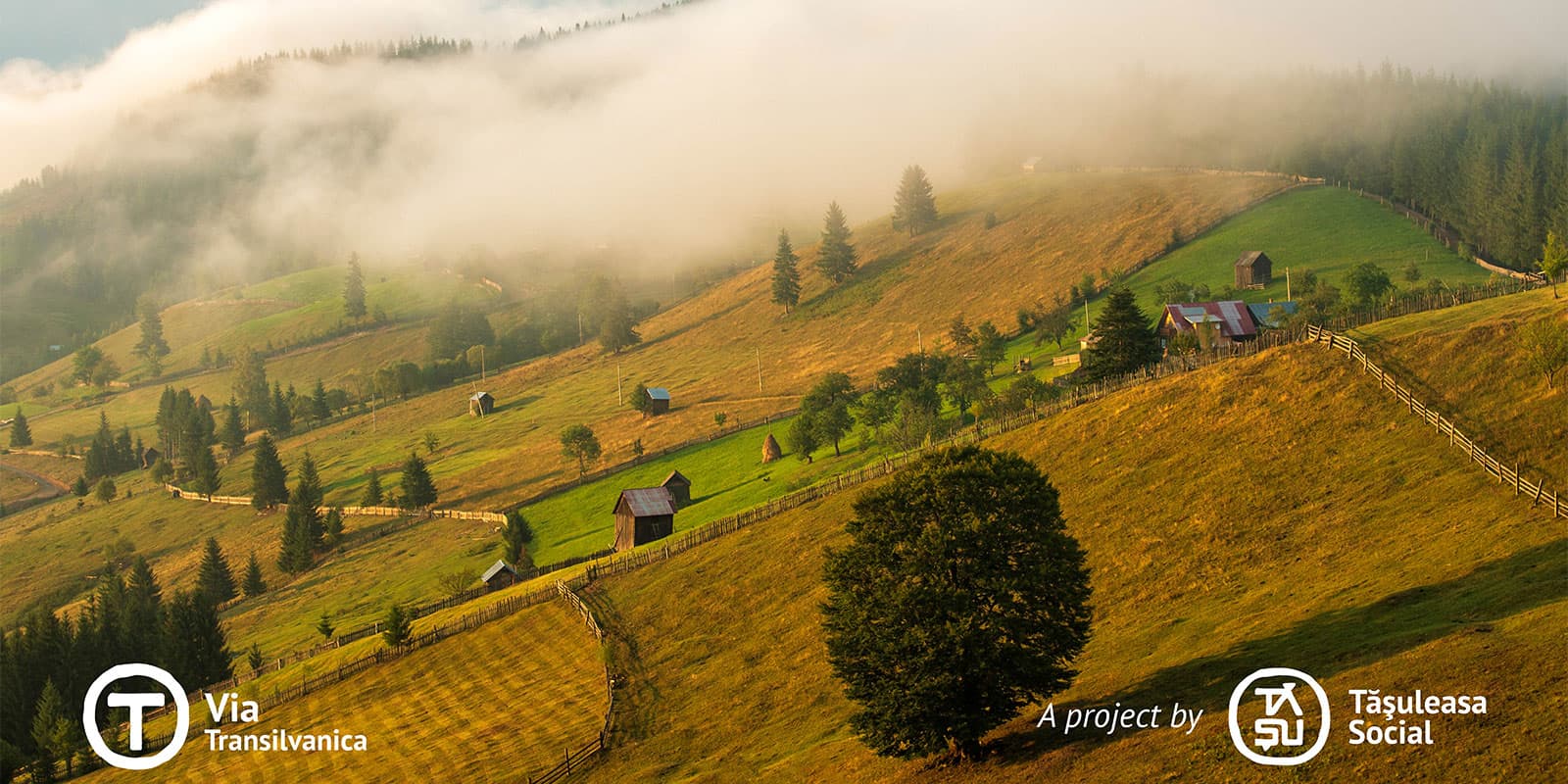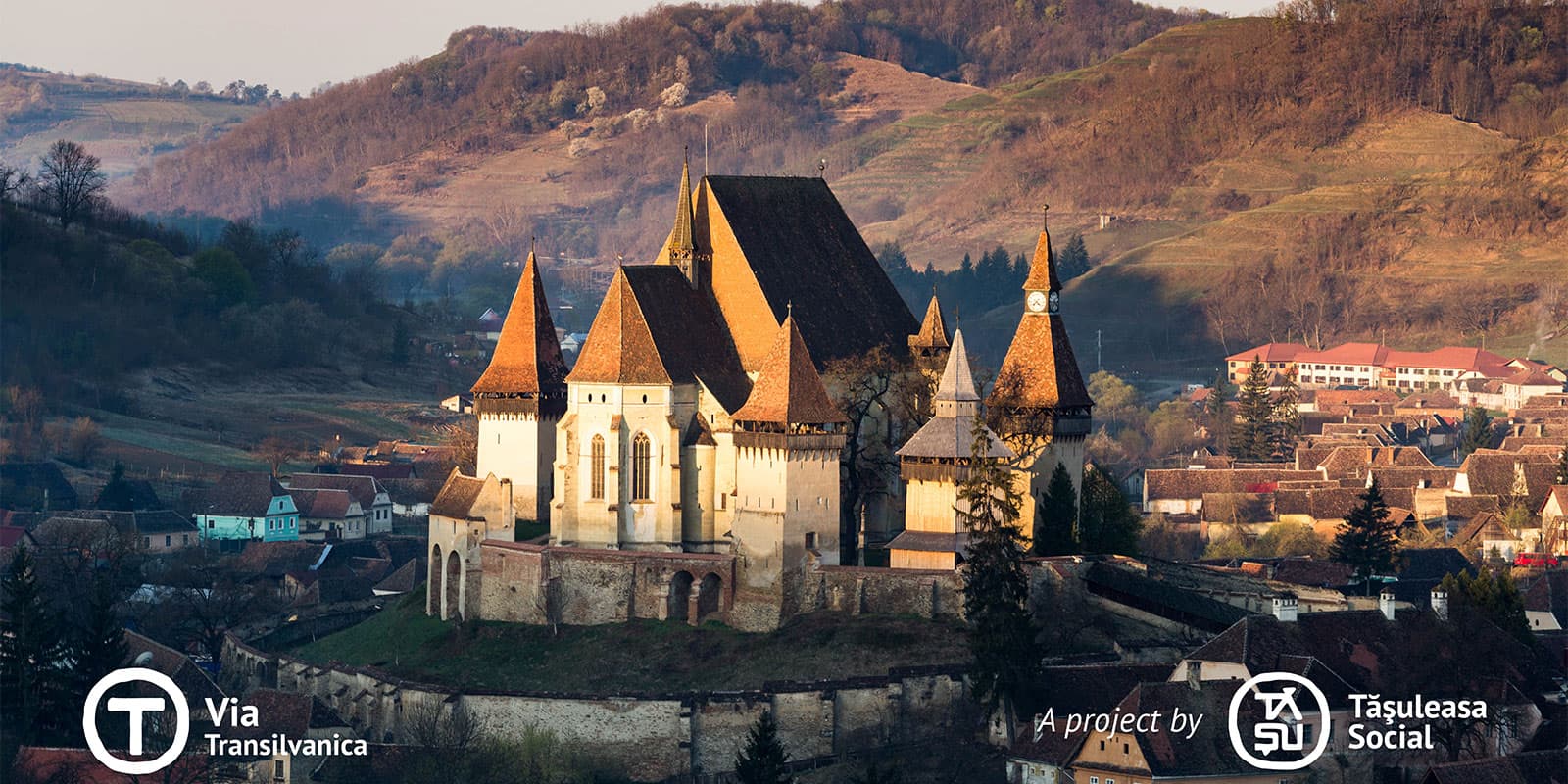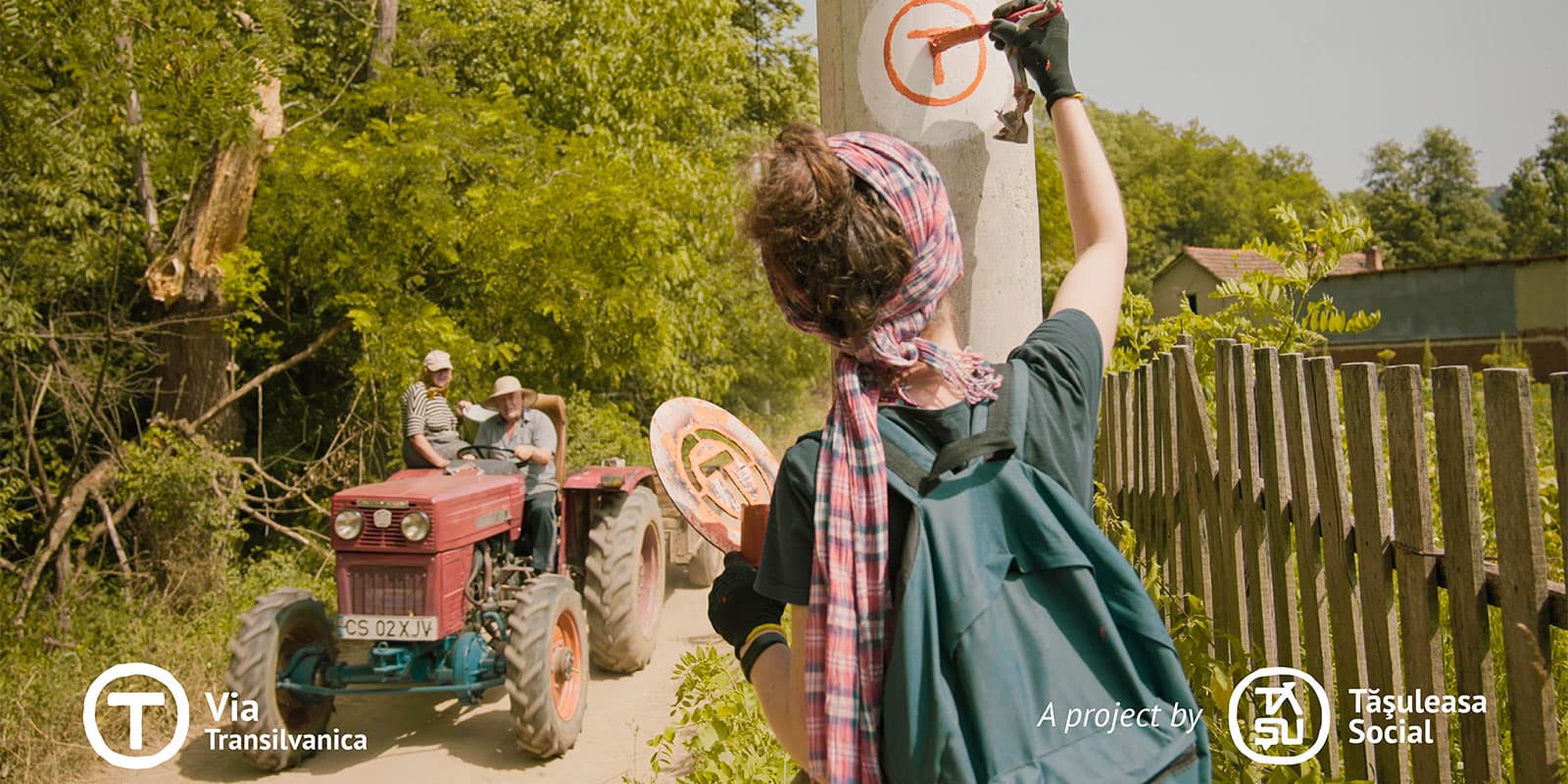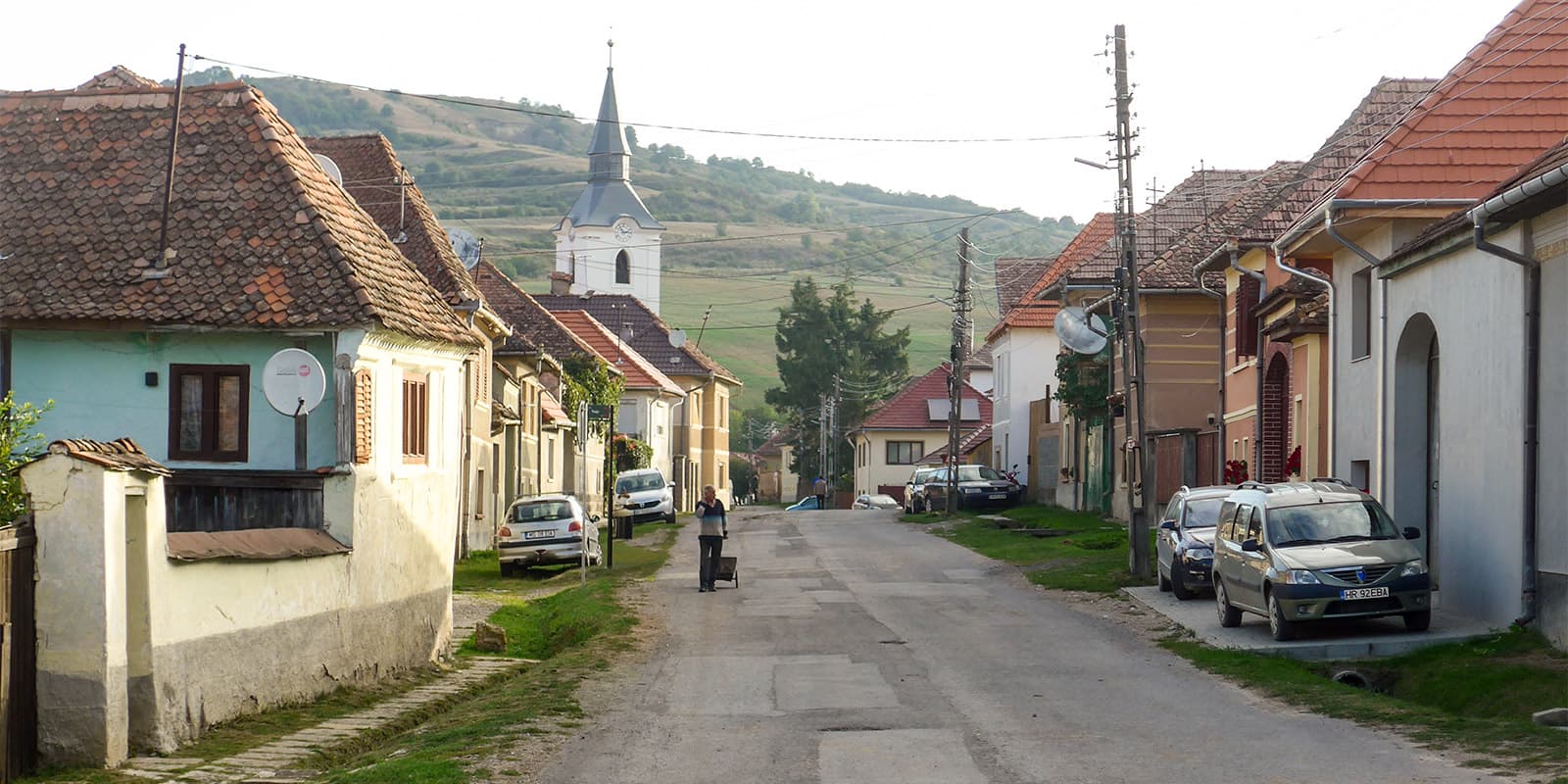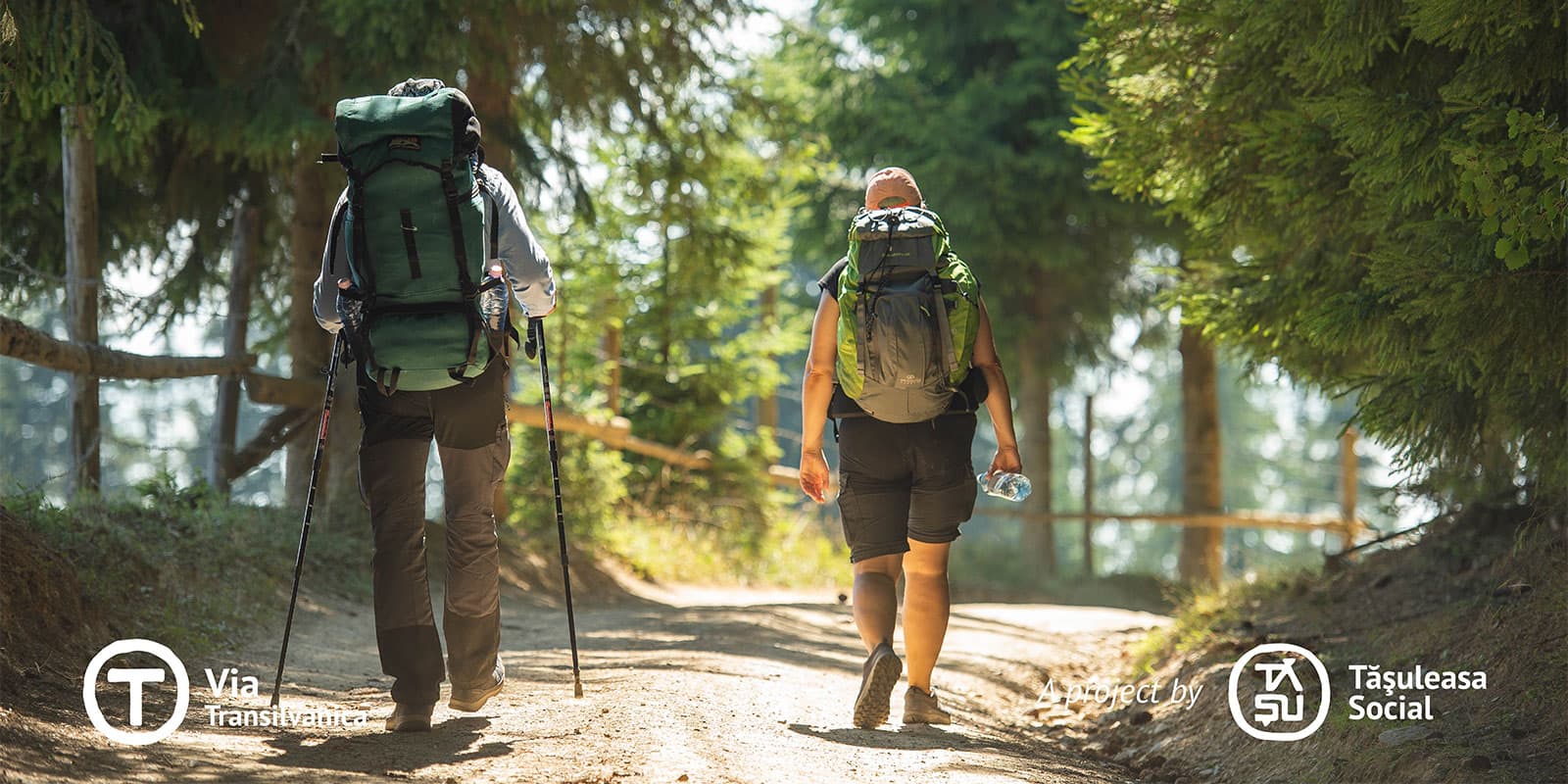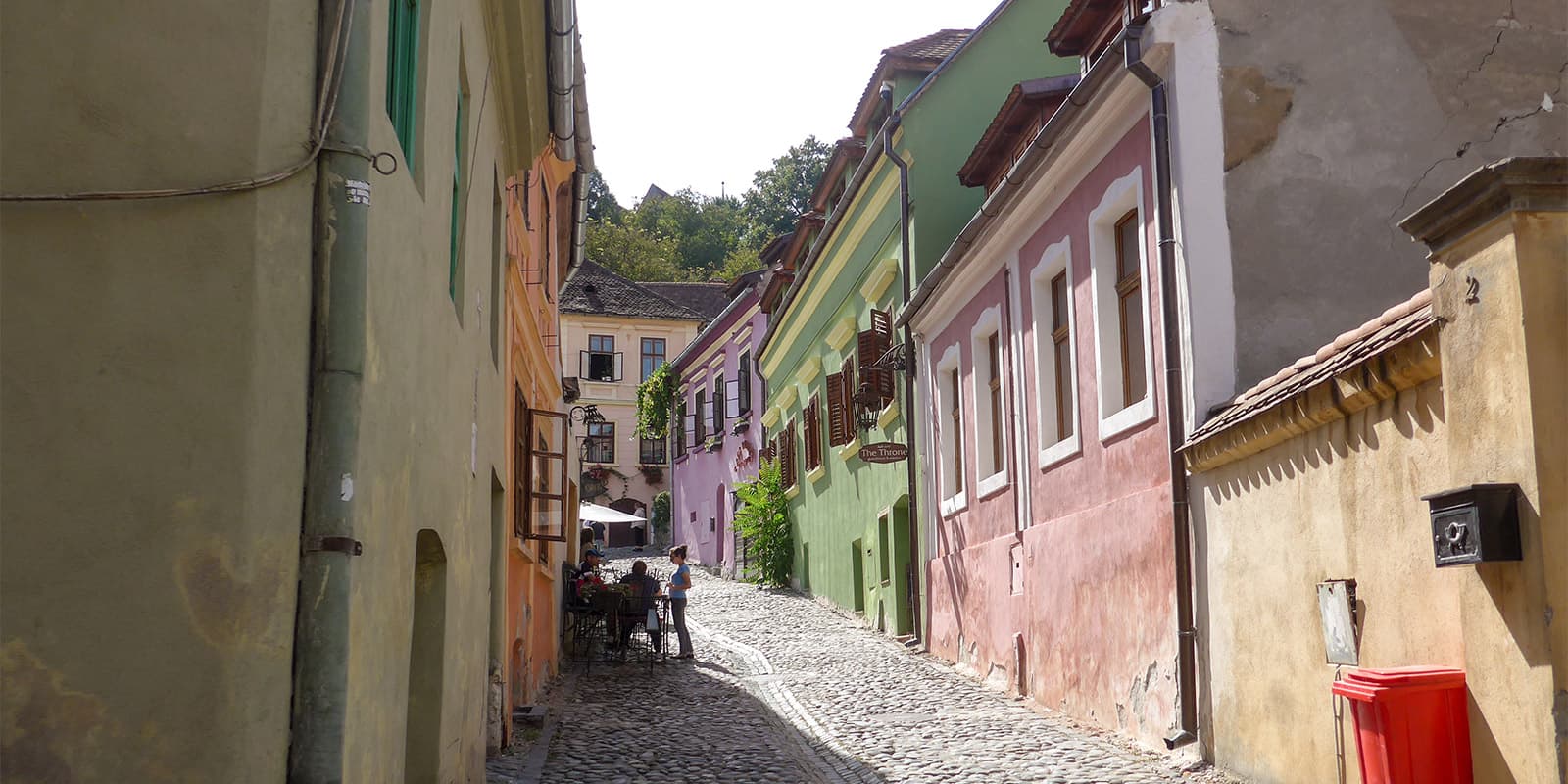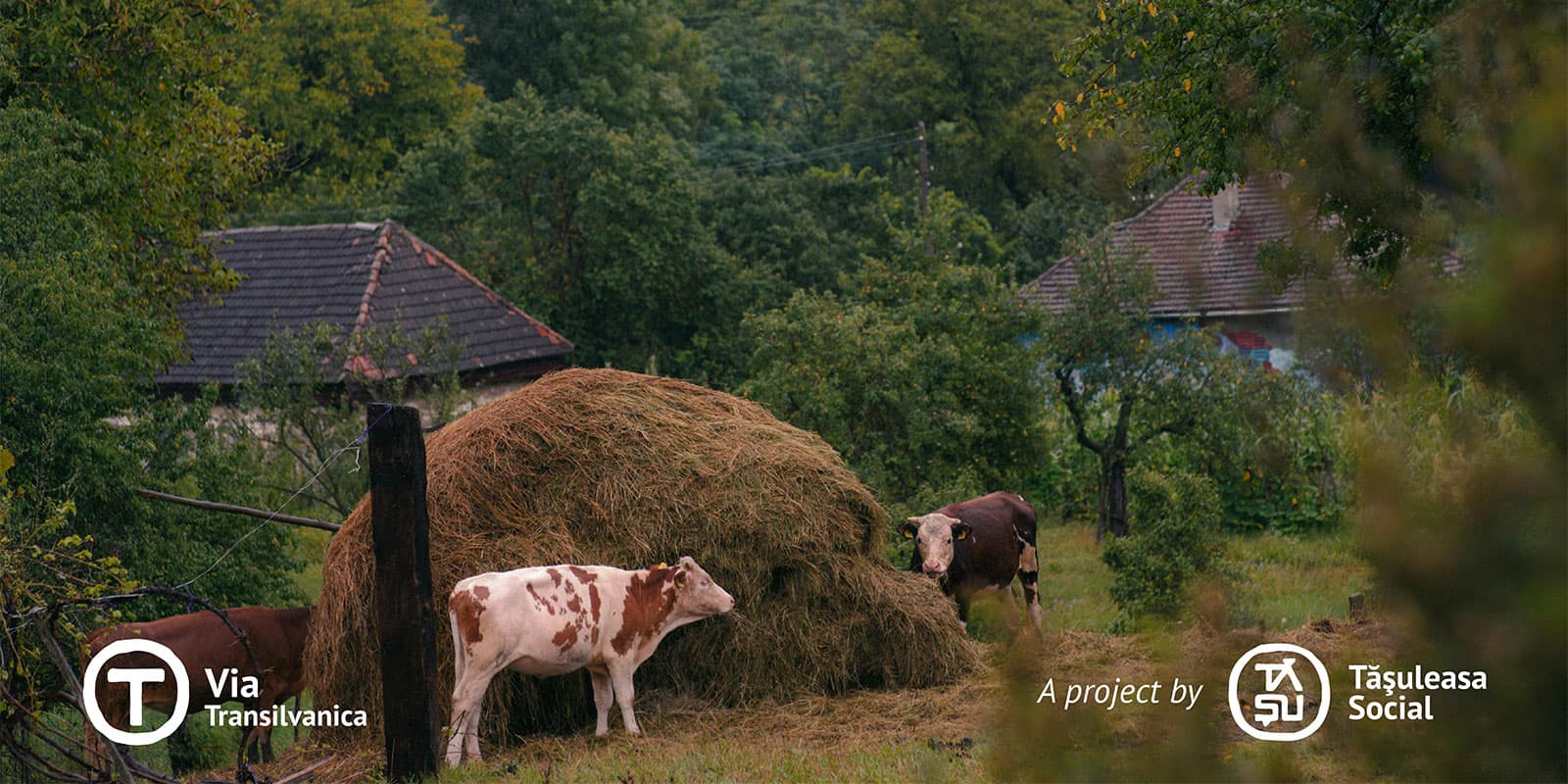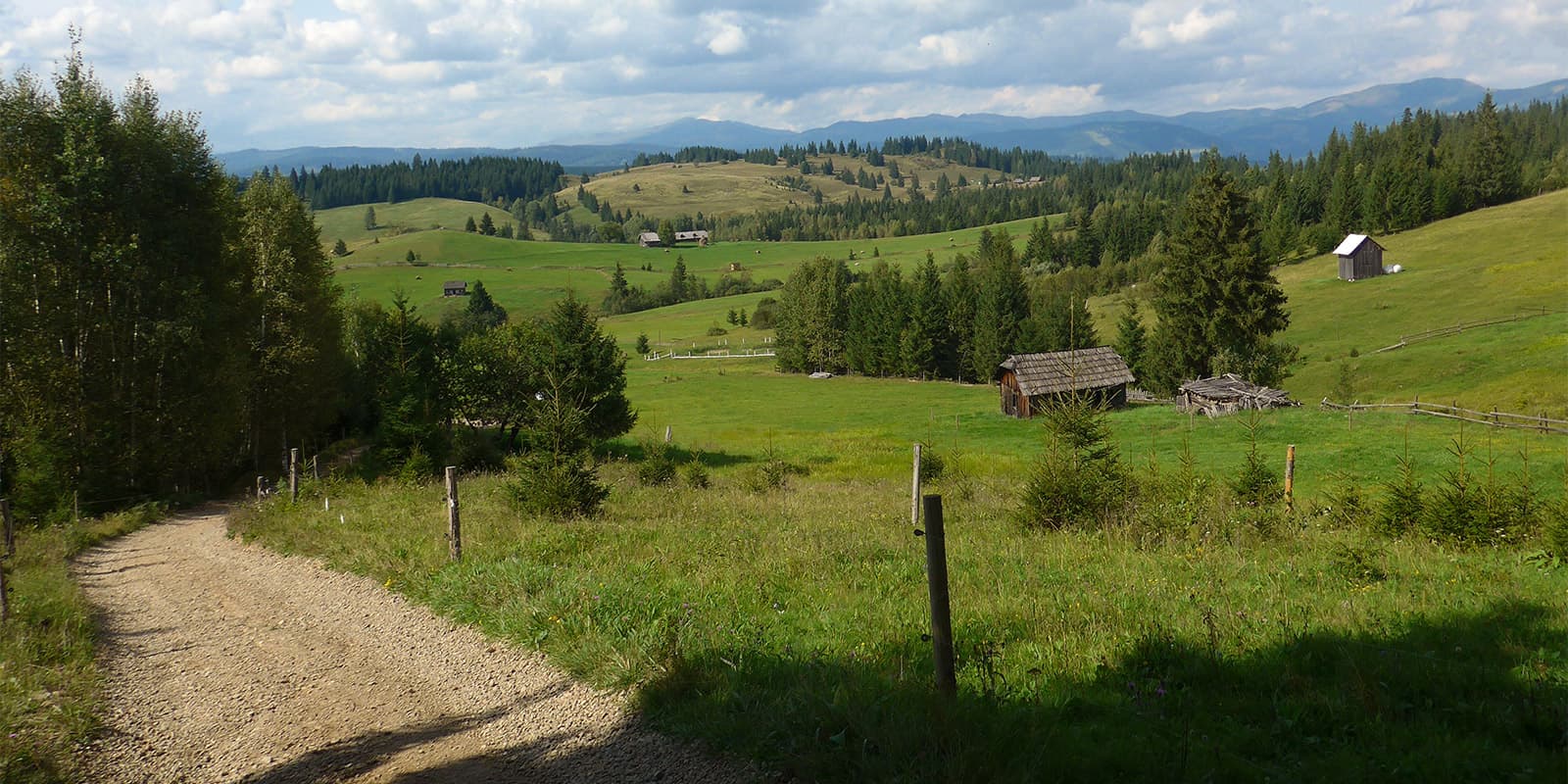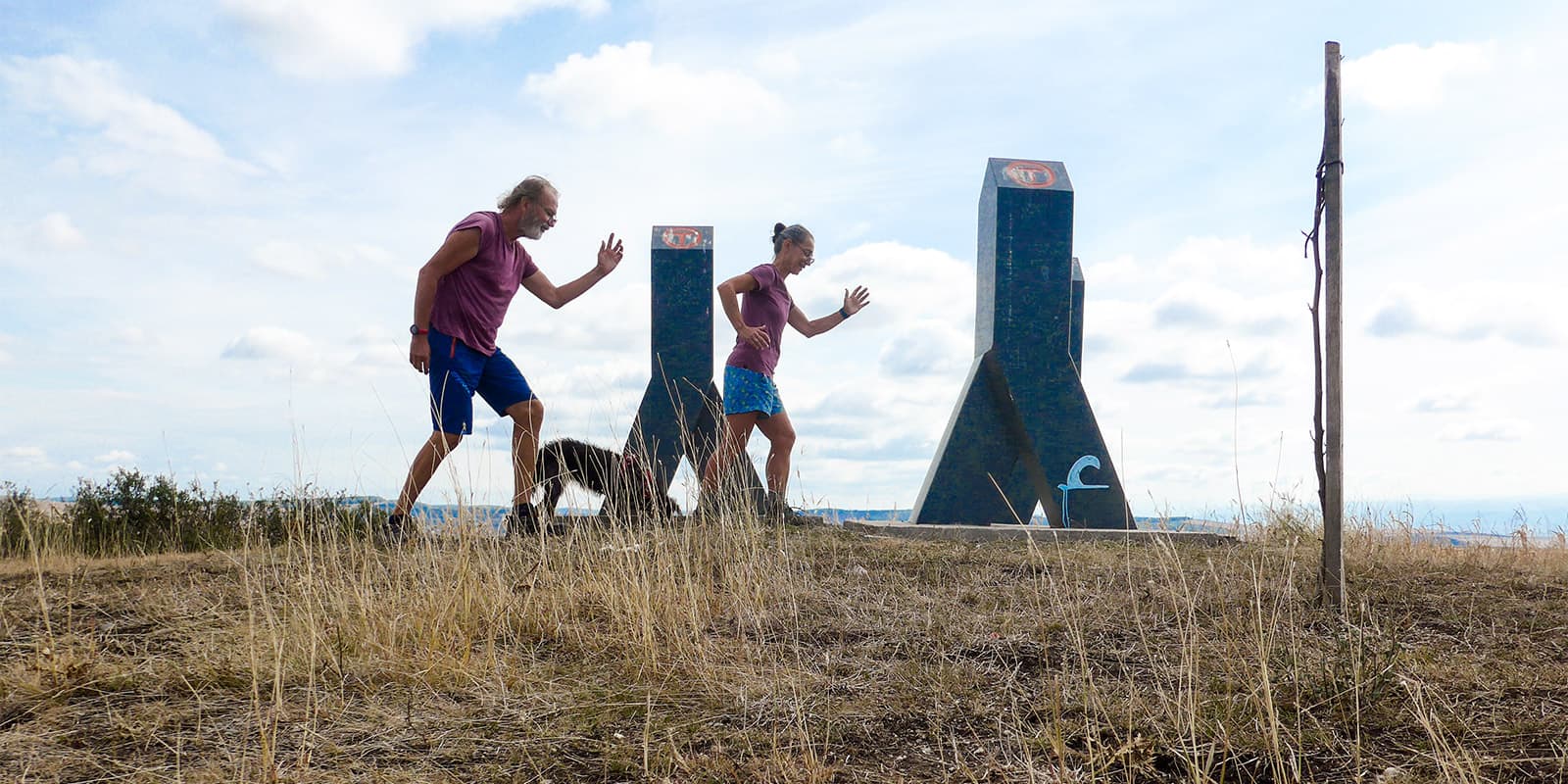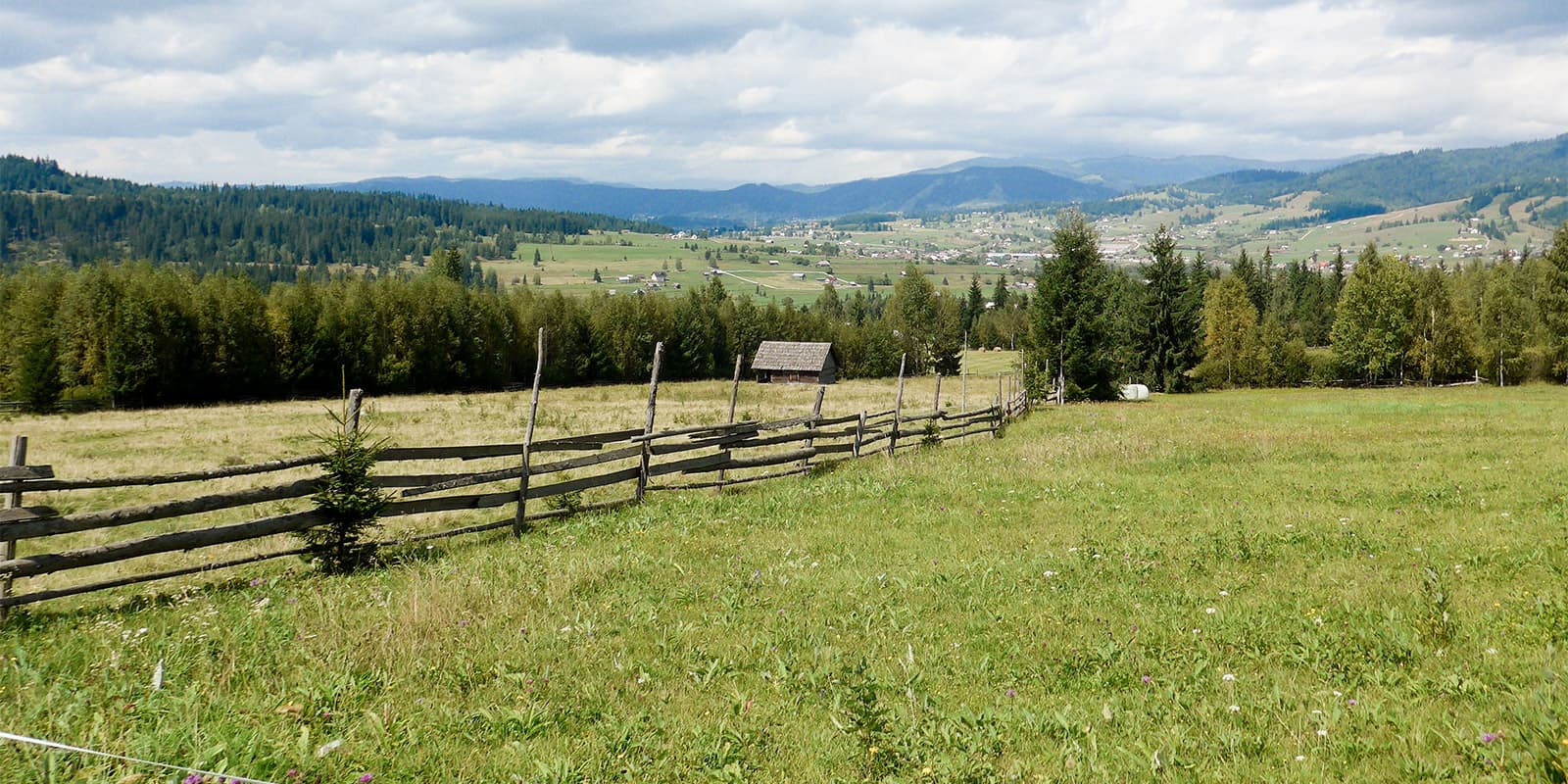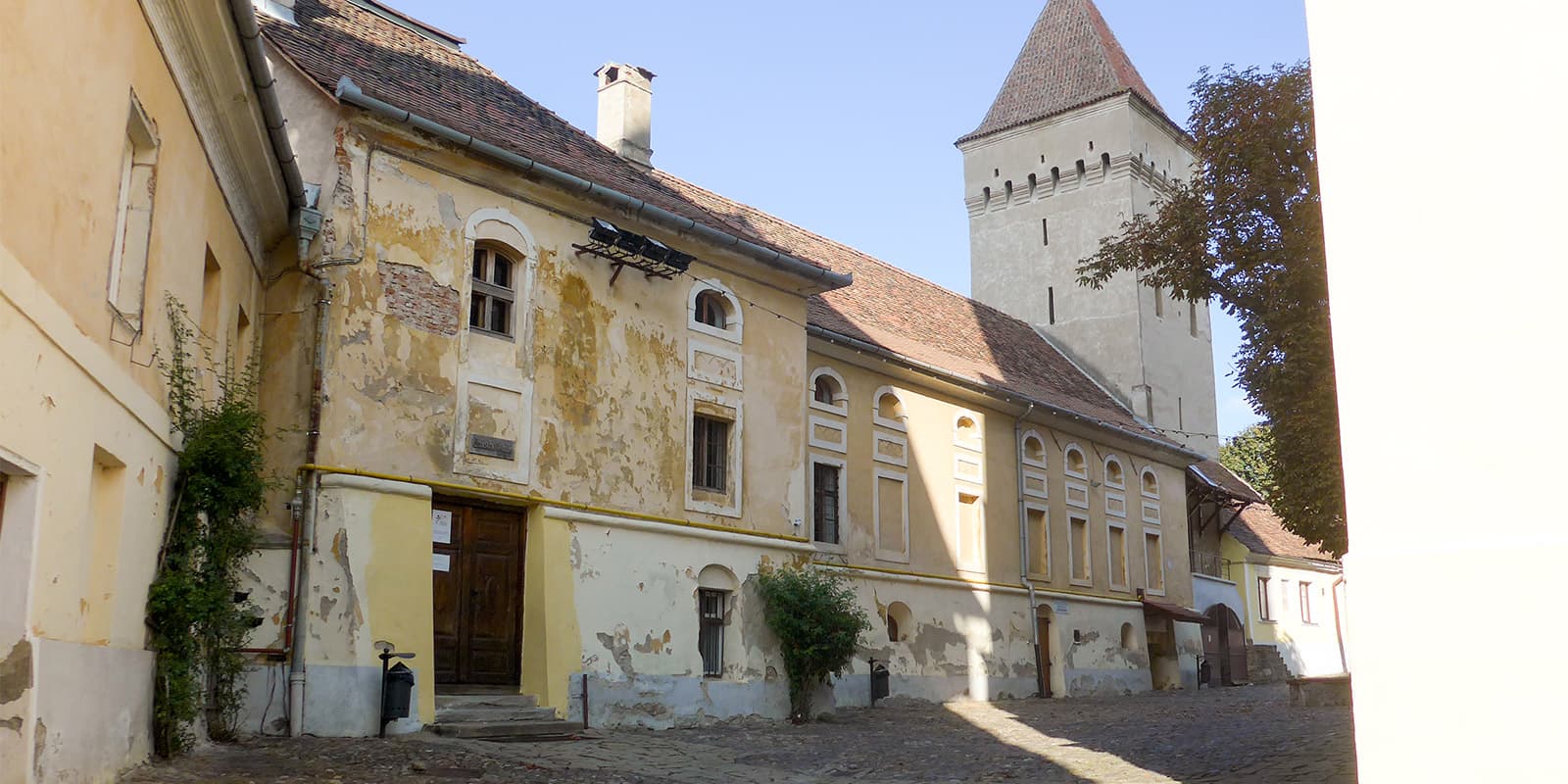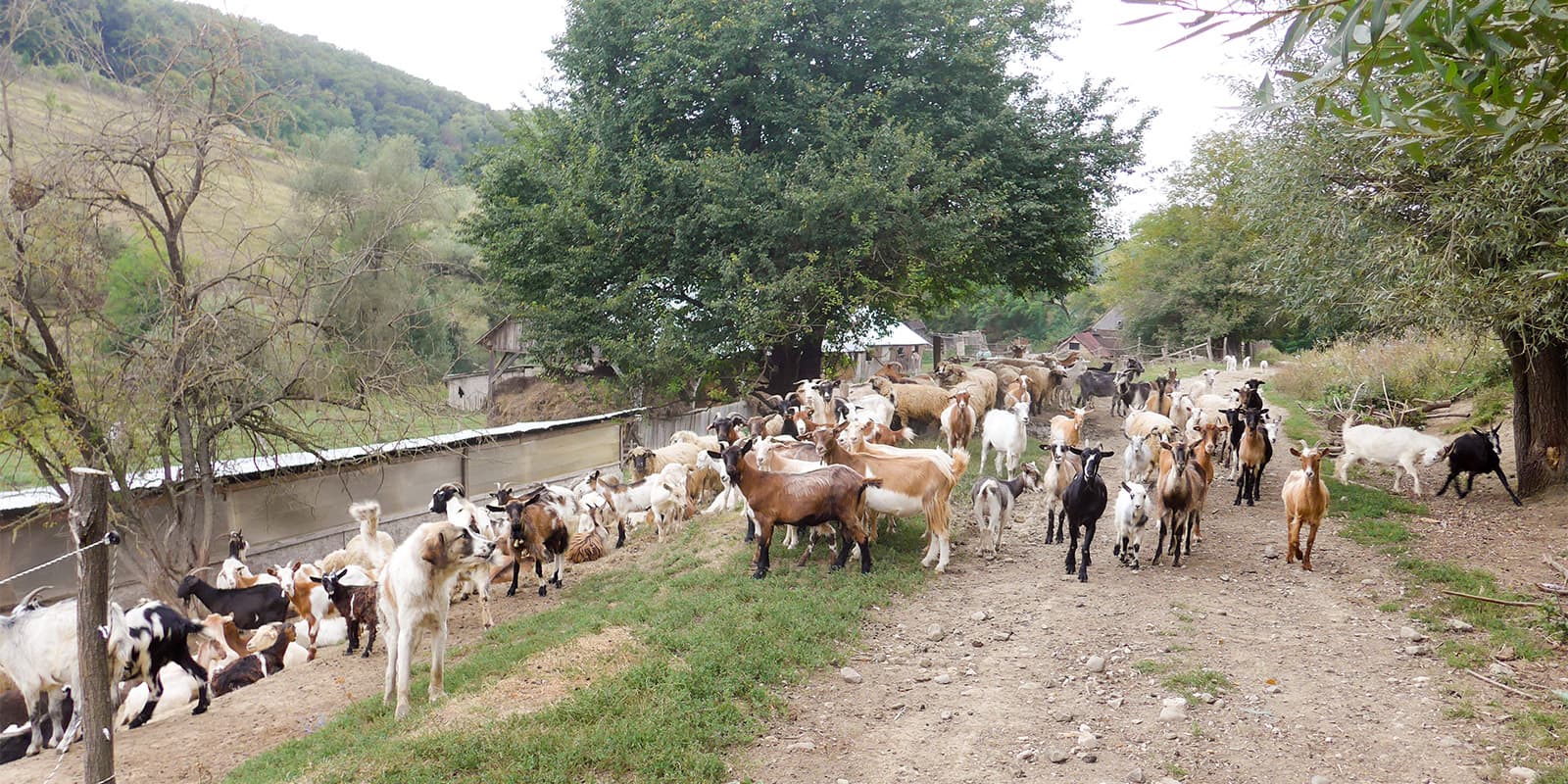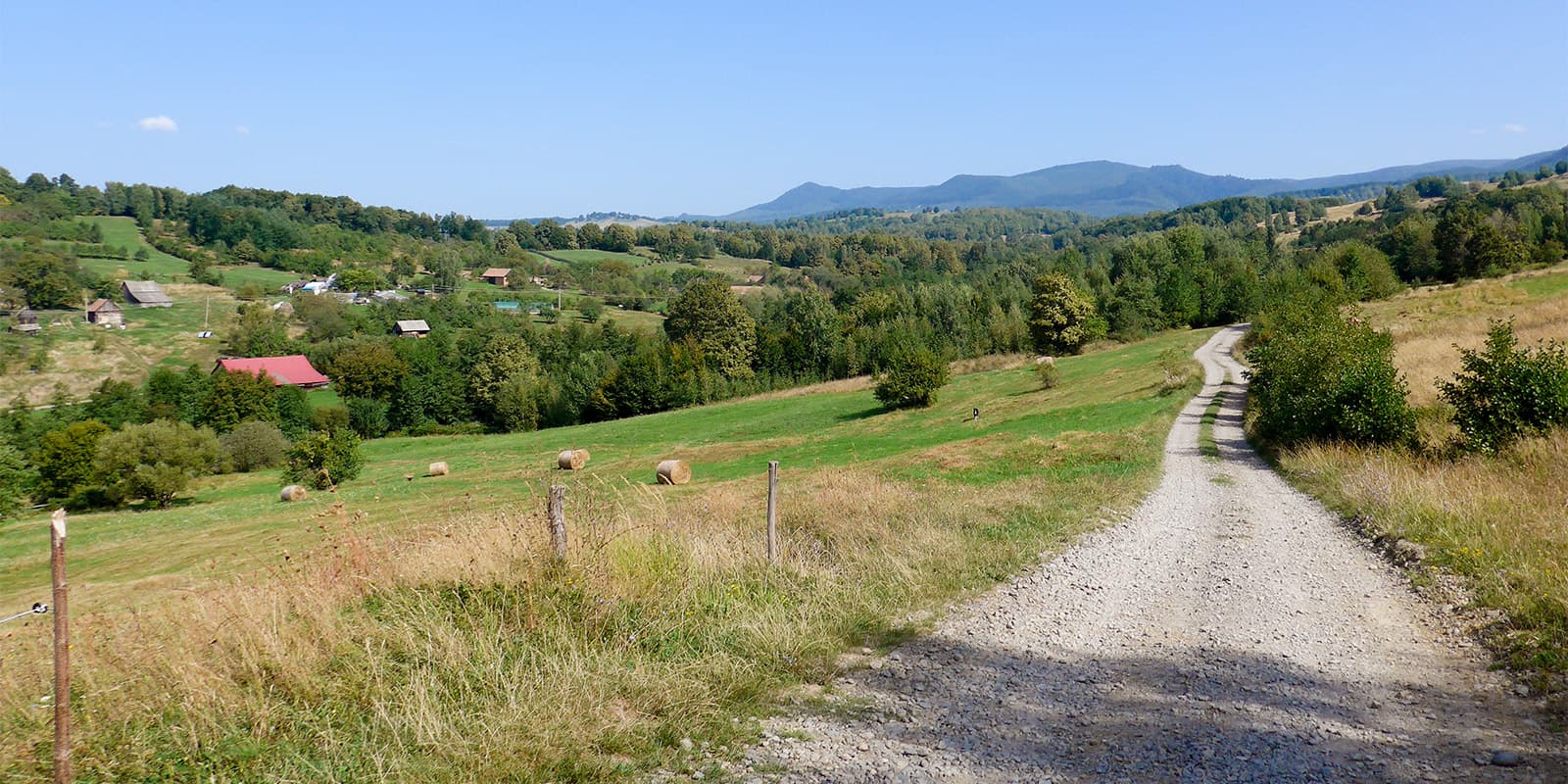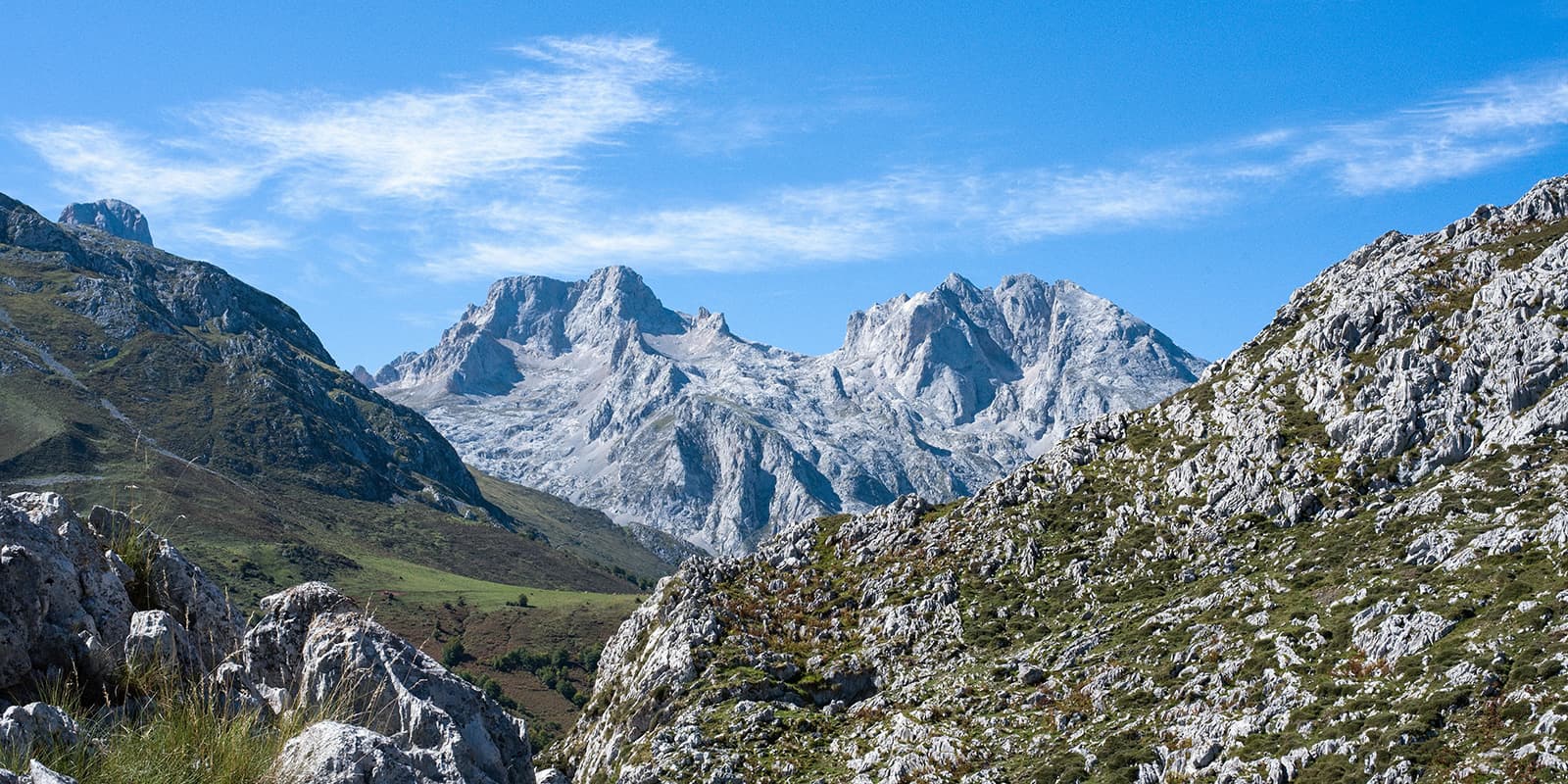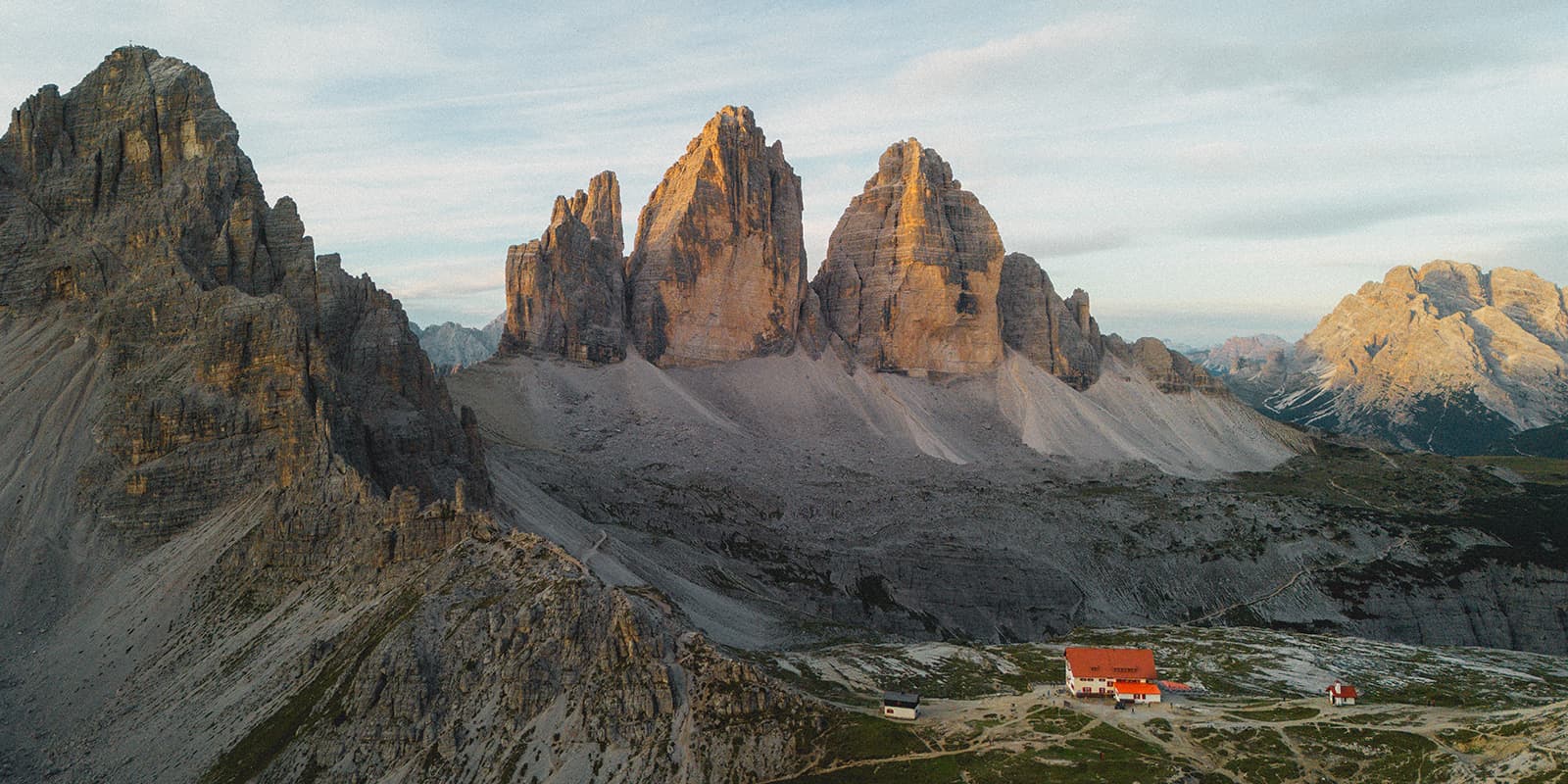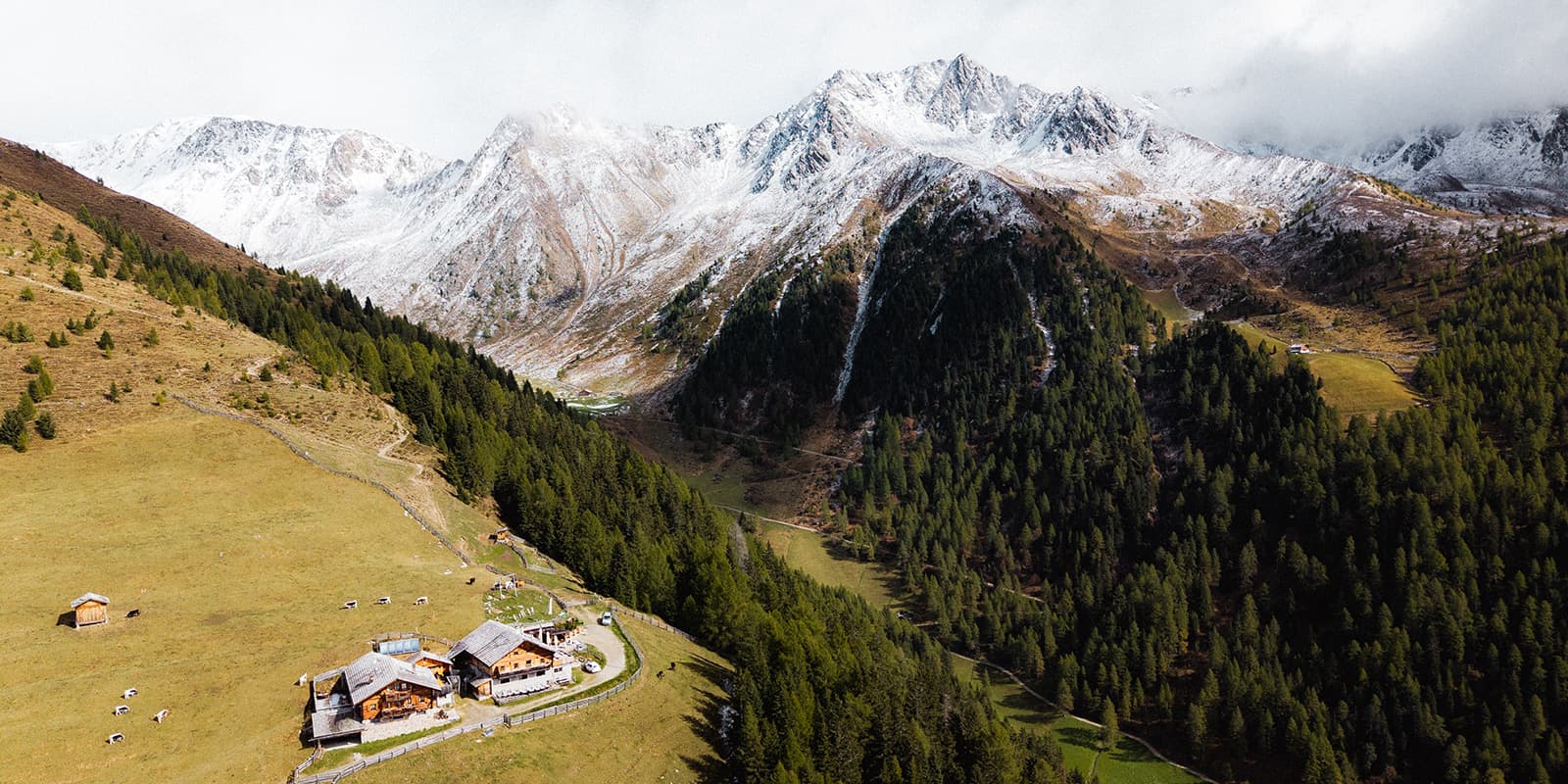The Via Transilvanica is a thru-hike that runs through the entire length of Romania. This trail, while inspired by the famous long-distance and thru-hikes in Europe and the US, was entirely created by Tășuleasa Social, an NGO with over 25 years of experience in organizing social, cultural, environmental, educational, and sports initiatives. On each stage, you’ll meet locals who will show you the warm and welcoming culture of Romania, sharing stories and encouragement on your journey. Not to mention the beautiful nature you’ll be immersed in each day!
The Via Transilvanica runs through ten counties in Romania: Suceava, Bistrița-Năsăud, Mureș, Harghita, Sibiu, Brașov, Alba, Hunedoara, Caraș-Severin, and Mehedinți. It’s also divided into seven cultural-historical lands: Bucovina, Șinutul de Sus, Terra Siculorum, Terra Saxonum, Terra Dacica, Terra Banatica, and Terra Romana.


